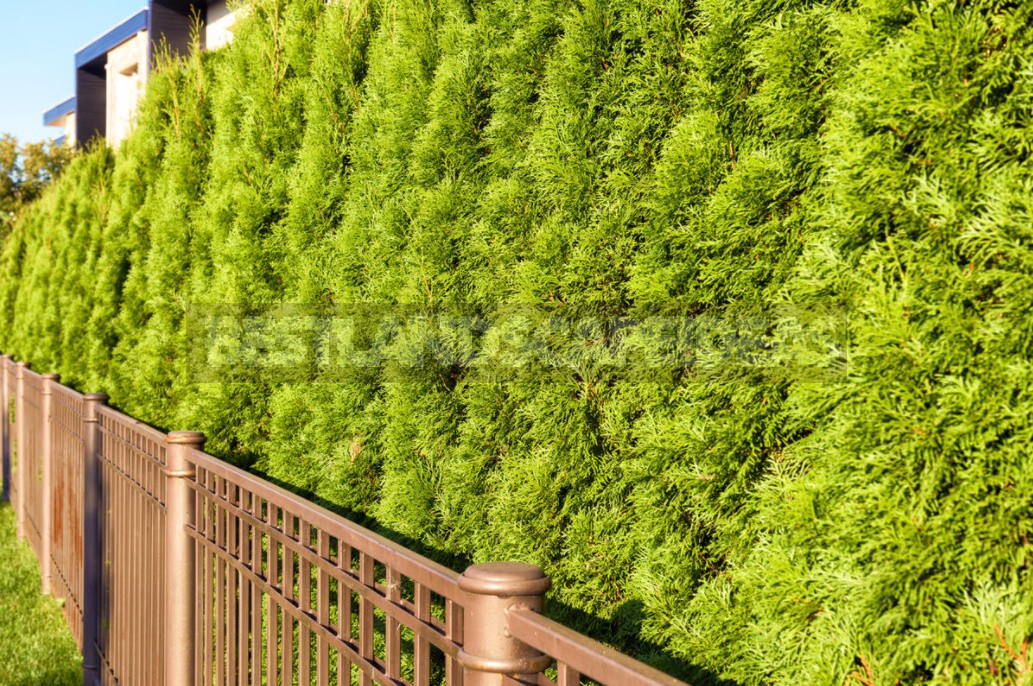
Sometimes you really want silence and privacy — that’s why they build fences. But it is one thing when a two-meter and even a concrete fence separates a hectare of land from the outside view, and another — a wooden picket fence surrounding 6 acres. In addition, solid fences are not allowed by the rules of gardening, and a fence made of metal mesh does not play any role at all, except for delineating your borders. What should I do?
There is a solution — we need to grow a green fence. It will not only protect you from the eyes of your neighbors, but also create a cozy enclosed space around your plot. Hedges put a barrier to dust and noise from the side of the road-and just please the eye, if they are beautiful and well-groomed. Especially good are those that create a background for the adjacent mixborder, in which perennial flowers are planted near ornamental shrubs. Here, when creating such fences, your taste should manifest itself, and the recommendations given will certainly help you.
How to make a fence from fir trees
The cheapest and simplest fence can be made from ordinary spruce. In this case, the distance between the trees should be 80-100 cm. To achieve splendor from the bottom to the top, be sure to twist the top. And the sooner you start doing this, the thicker the fence will be.
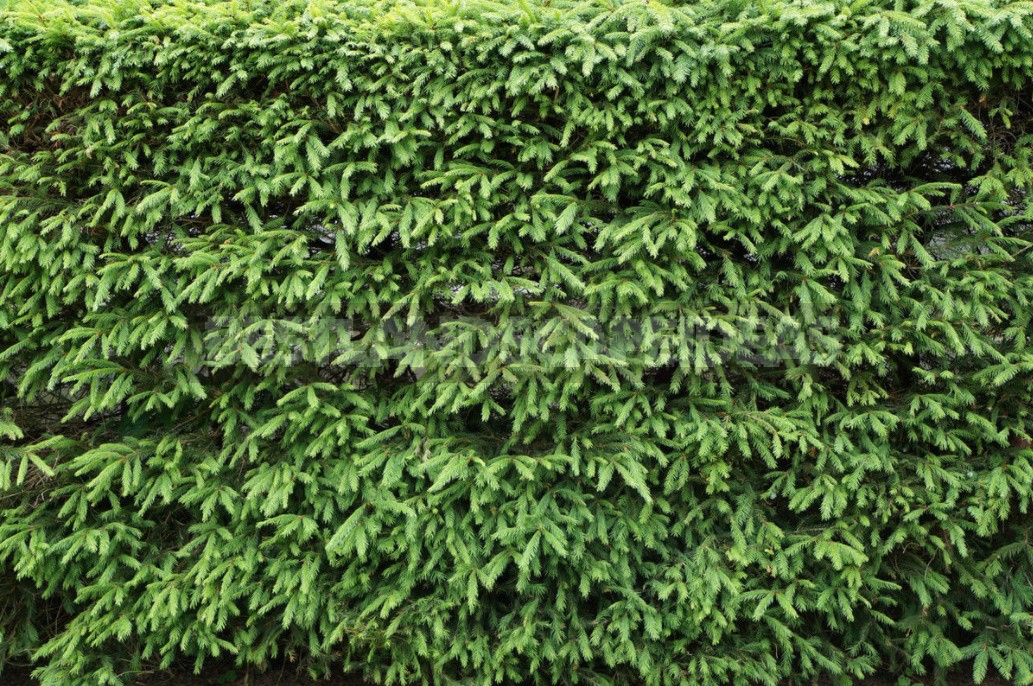
This is easy to do. In the spring, a young green shoot appears from the growth point. While the needles on it are still soft, you need to take it by the base with your left hand, unscrew the upper part of the right. As a result, there will be a stump 2-3 cm high. This will be the annual increase in the height of your Christmas tree. For her, this operation is harmless.
As soon as you destroy the top, the nearest dormant buds at the base of the broken sprout will immediately go into growth. All attempts to grow a new top of the spruce you will stop every spring, leaving only a small stump from the annual growth.

This way, the tiers of horizontal branches will be placed close to each other, and the plants will become very dense. And most importantly, this simple annual reception will not let them grow to the skies. In addition, experience shows that densely planted fir trees, if they are not shortened, begin to lose their lower branches, and over time, instead of a green fence, a colonnade of bare trunks grows at the bottom.
But you should not cut off the ends of the branches, because this will most likely lead to their drying out, and the trimmed ends are too noticeable. It is better to do their pinching: take in your left hand a few green “tails” that appeared at the ends of the branches in the spring, and with your right-break off their tips. From the parts of the “tails” remaining at the ends of the branches, branches will go, which will make the branches more lush.
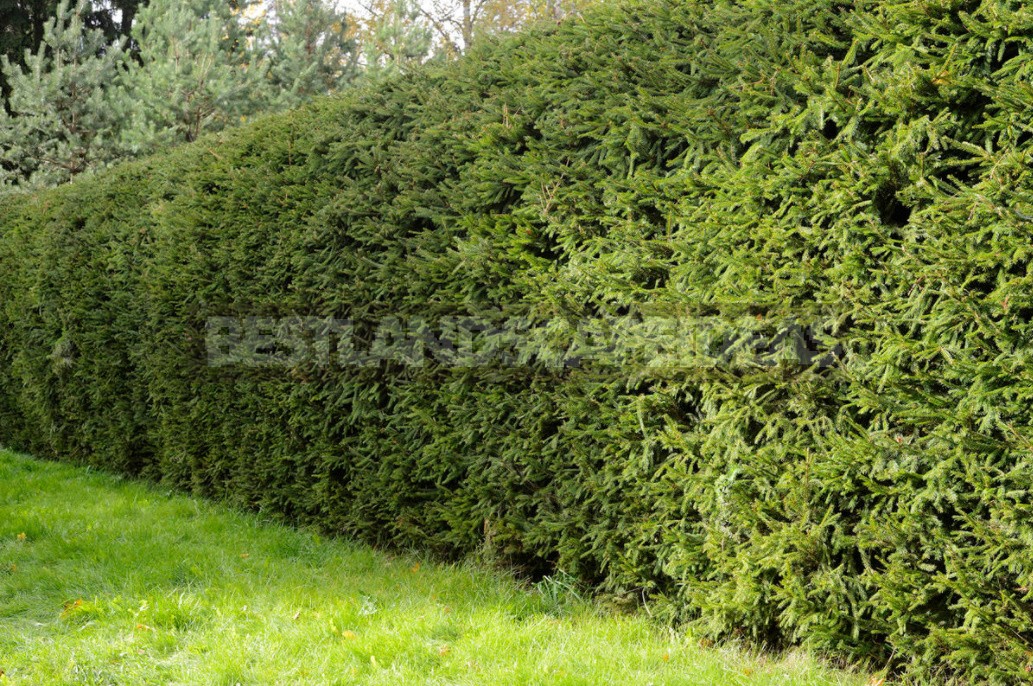
If you let the fir trees grow too tall, and then cut down their tops, then one branch closest to the place of the cut will try to replace it and begin to grow vertically upwards. The trunk will bend at this point, and the tree itself will stretch upward.
The classic option is a fence made of thuja
A fast-growing and long-lasting fence can be made from Thuja occidentalis. Surprisingly plastic, hardy and unpretentious plant! Here is thuja something (and preferably not one) just need to plant in any, even the smallest garden.
Having only one tree, the age of which exceeds 5-6 years, you can draw a large number of plants. After growing in the cuttings for a year, they can be planted in place. Cuttings have the greatest ability to root during the period of bud swelling. At the same time, cut the material for reproduction in hemlock, microbiota, juniper, yew.
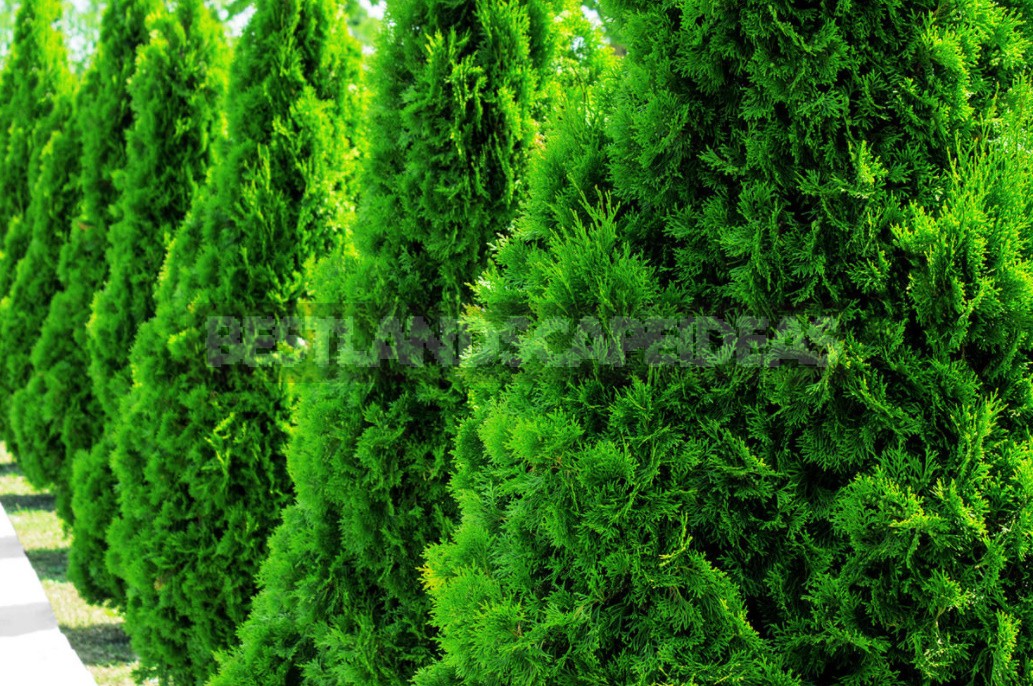
Cuttings of thuja
For reproduction, choose two or three-year-old shoots. Cuttings should be made either in cloudy weather or in the early morning hours. Cuttings should be with a “heel”, that is, with a part of the bark. To do this, you need to take a 12-15 cm long shoot closer to the trunk or branch and pull it up and down. Then it will come off as it should.
The “heel” should be trimmed, and the stalk itself should be put for a day in a root-forming solution, submerged in half, or with a honey solution (1 teaspoon of honey per 0.5 liters of water).

The soil for rooting should be fertile, air-and moisture-permeable, slightly acidic (pH 5-5. 5). To form a callus (a thickening that appears at the lower end of the cuttings, from which the roots are then formed), the cuttings are inserted obliquely into a layer of calcined (or at least well-washed) sand, poured over the soil with a layer of about 10-12 cm.
In order not to lift up the bark, it is better to first make holes in the sand with a pencil or stick, and then-stick the cuttings. They should be placed according to the scheme of 15 × 15 cm. On 1 m², you can fit about 50 future seedlings.
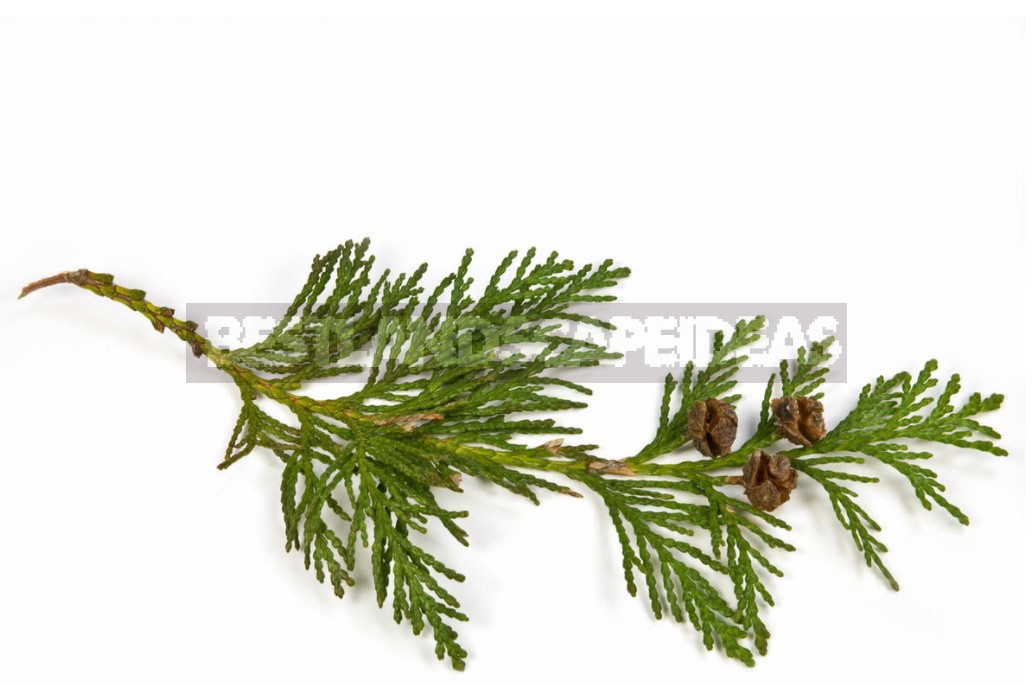
Then you need to put arcs over them and cover them with a film — or cover each stalk with a half of a plastic bottle. Trees should be sprayed every day (or put the misty setting), airing at the same time. The soil should be constantly moist, but not waterlogged.
Rooting takes a long time, from six months to one and a half years. In thuja, the roots first begin to grow, and only then the aboveground part begins to grow. You can plant rooted cuttings in 1-1. 5 years. The first 3-4 years of thuja will grow slowly, increasing the root system, and therefore immediately add 1-1. 5 m. Let it grow to the desired height (for fencing, the optimal height is 1.5 m), and then you will begin to form a green fence from it. When transplanting, pay attention to the color and shape of the plants, selecting the same type of specimens for the fence.
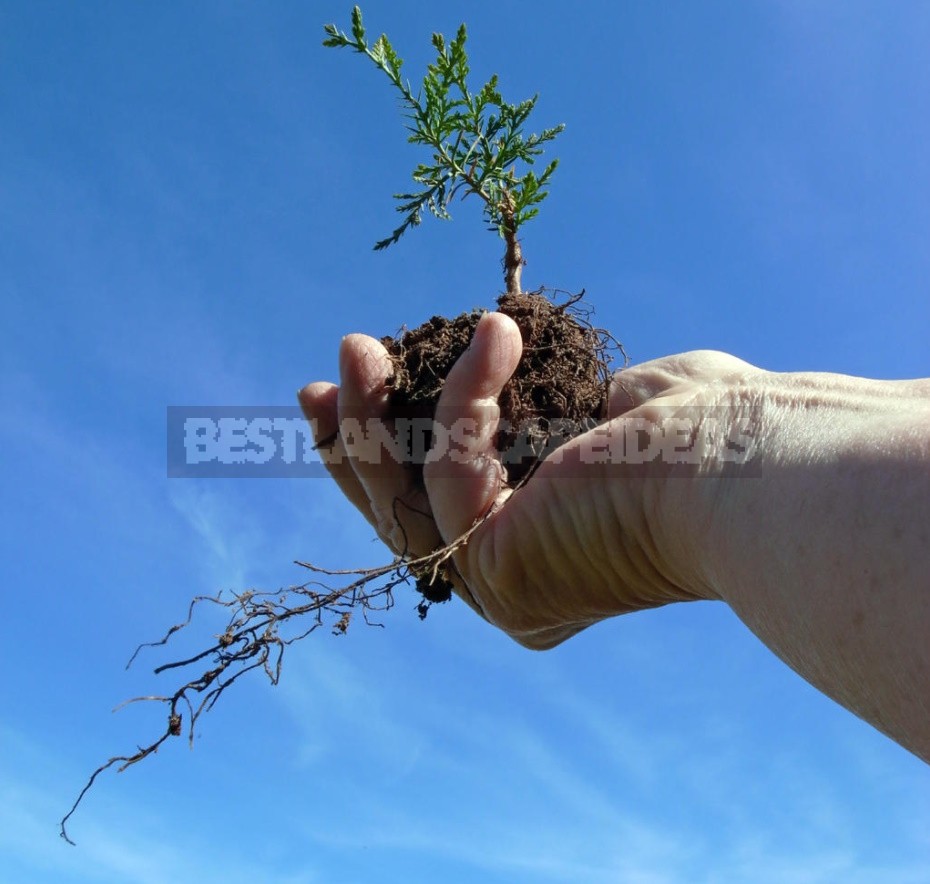
An evergreen thuja fence should not be planted behind a fence: it can simply be dug up and carried away. It is better to grow a living wall right inside the plot, along the edge, about 1-1. 5 m from the fence.
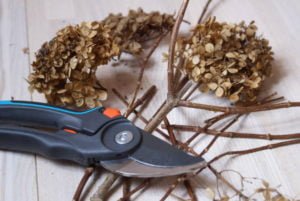

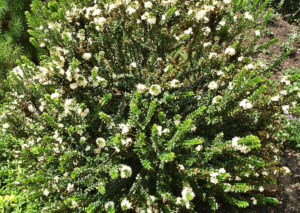
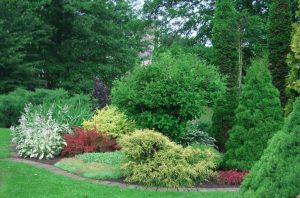
Leave a Reply